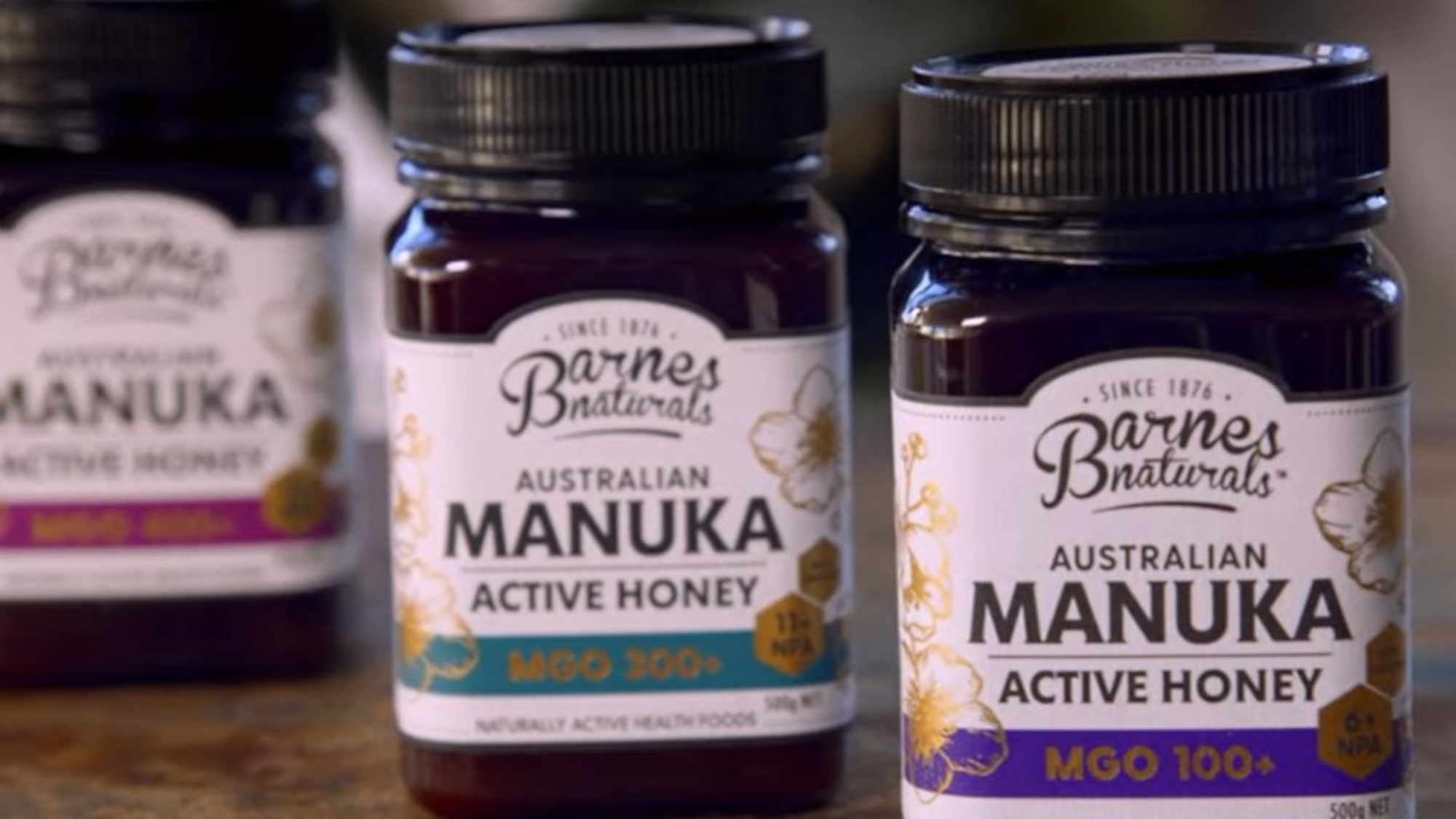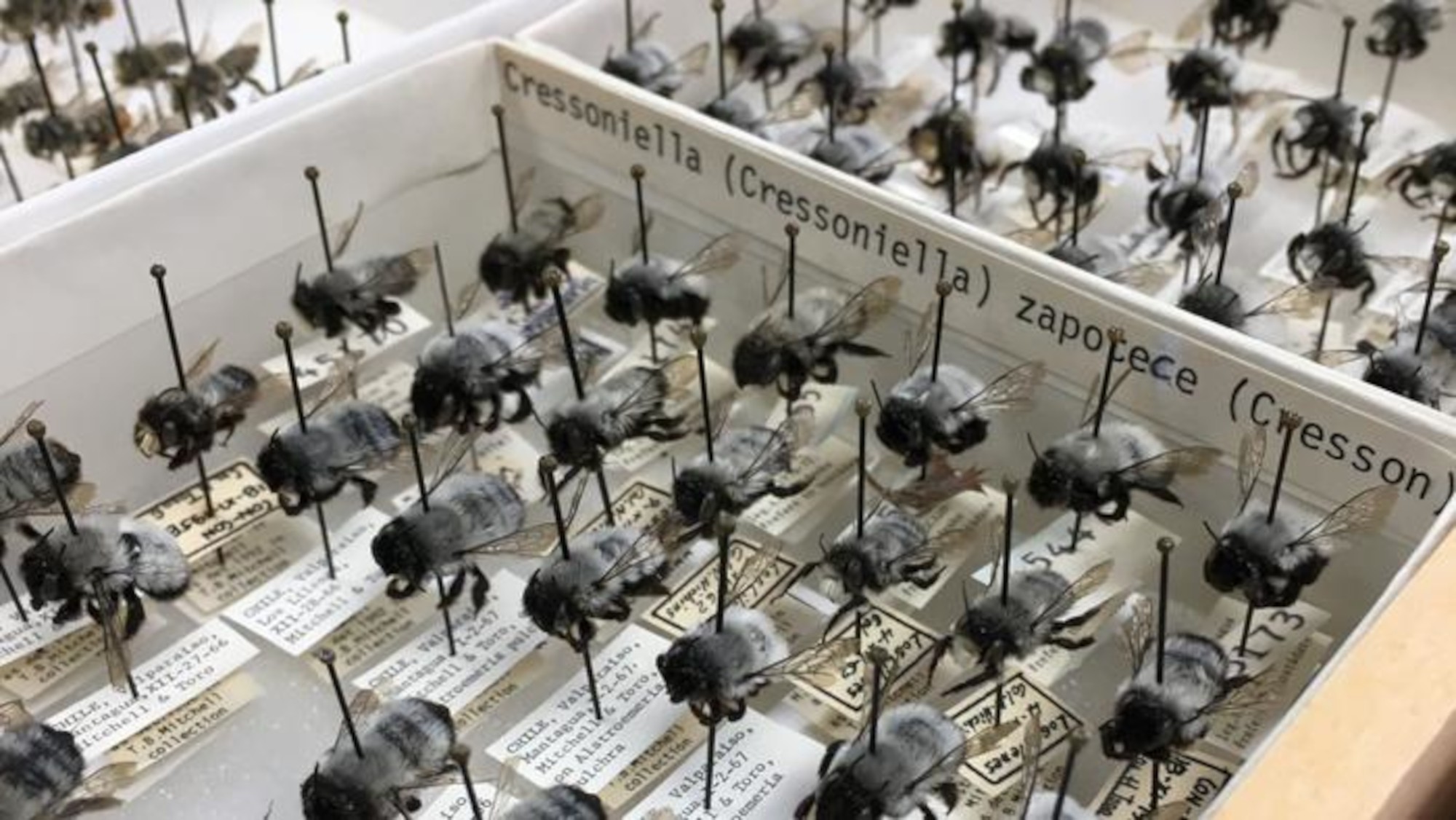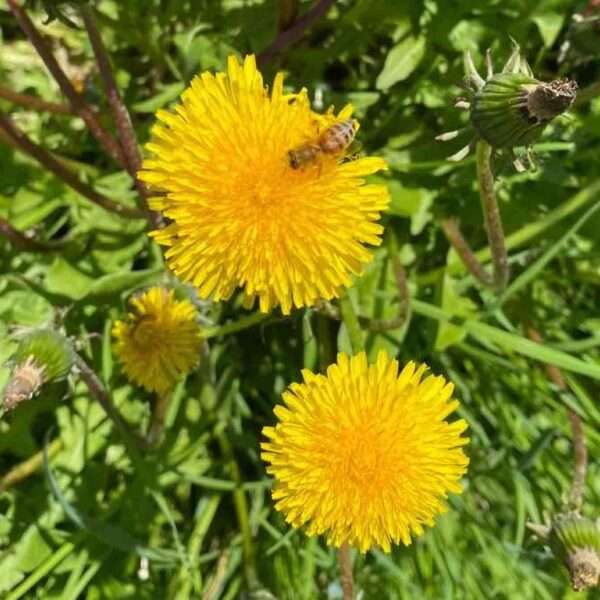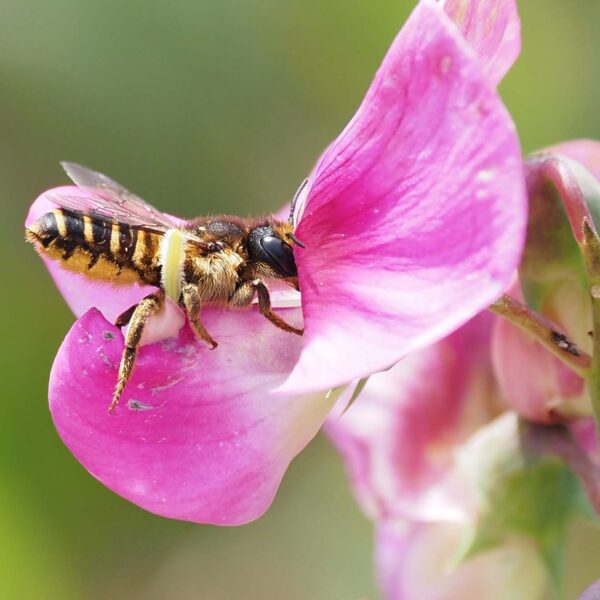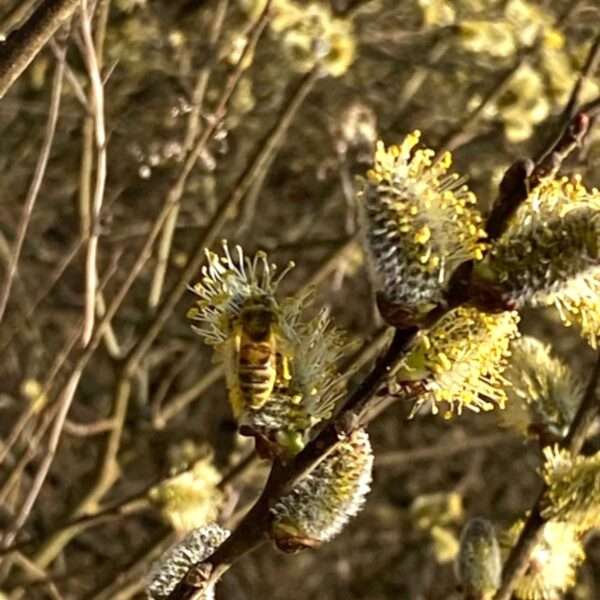Manuka honey available in supermarkets should not be applied on wounds, food experts have warned.
Manuka is a type of honey originating from New Zealand. Due to the short blooming period of the tree of the same name, manuka honey is very expensive. However, it is also in great demand around the world due to its work as an antioxidant as well as its anti-bacterial and anti-inflammatory properties.

Now a nutrition specialist has urged consumers to abstain from putting manuka honey on sale in shops in Germany on any wounds.
Silke Noll from the Verbraucherzentrale Bayern, a consumer protection agency based in Deggendorf, Bavaria, told the Bunte magazine: “Anyone purchasing manuka honey as a foodstuff should not apply it to the skin. It could be contaminated.”
Silke explained that tissue regeneration experts were opting for specifically prepared types of manuka honey.
A 125-gramme jar of manuka honey costs EUR 11 (GBP 9.43) at supermarket Edeka while drugstore chain Müller charges even EUR 80 (GBP 68.60) for their 250-gramme manuka honey product.
This is significantly more than the price of honey harvested regionally. A jar containing 500 grammes of honey produced by apiarists in Germany currently costs around EUR 6.50 (GBP 5.57).
Silke said shoppers could avoid picking fake products by searching labels for the ‘Unique Manuka Factor’ certification.
The hype about the beneficial properties of manuka honey, which has a distinctive caramel and toffee flavour, has intensified in recent years.
Silke explained: “Several studies confirmed the antibacterial effect of manuka honey.”
Meanwhile, experts at the Cleveland Clinic said in a fact sheet: “Traditionally used to heal wounds, soothe a sore throat and prevent tooth decay, manuka honey has become a buzzy ingredient lately. And research shows it can also be used to help treat acne and prevent ulcers.”
The medics in Ohio particularly emphasised the impact of an ingredient called methylglyoxal (MGO).
They explained: “MGO is created in manuka honey thanks to the conversion of another compound known as dihydroxyacetone (DHA). A high concentration of DHA is found in the nectar of manuka flowers. The higher the concentration of MGO, the stronger the antibacterial effects of manuka honey.”

